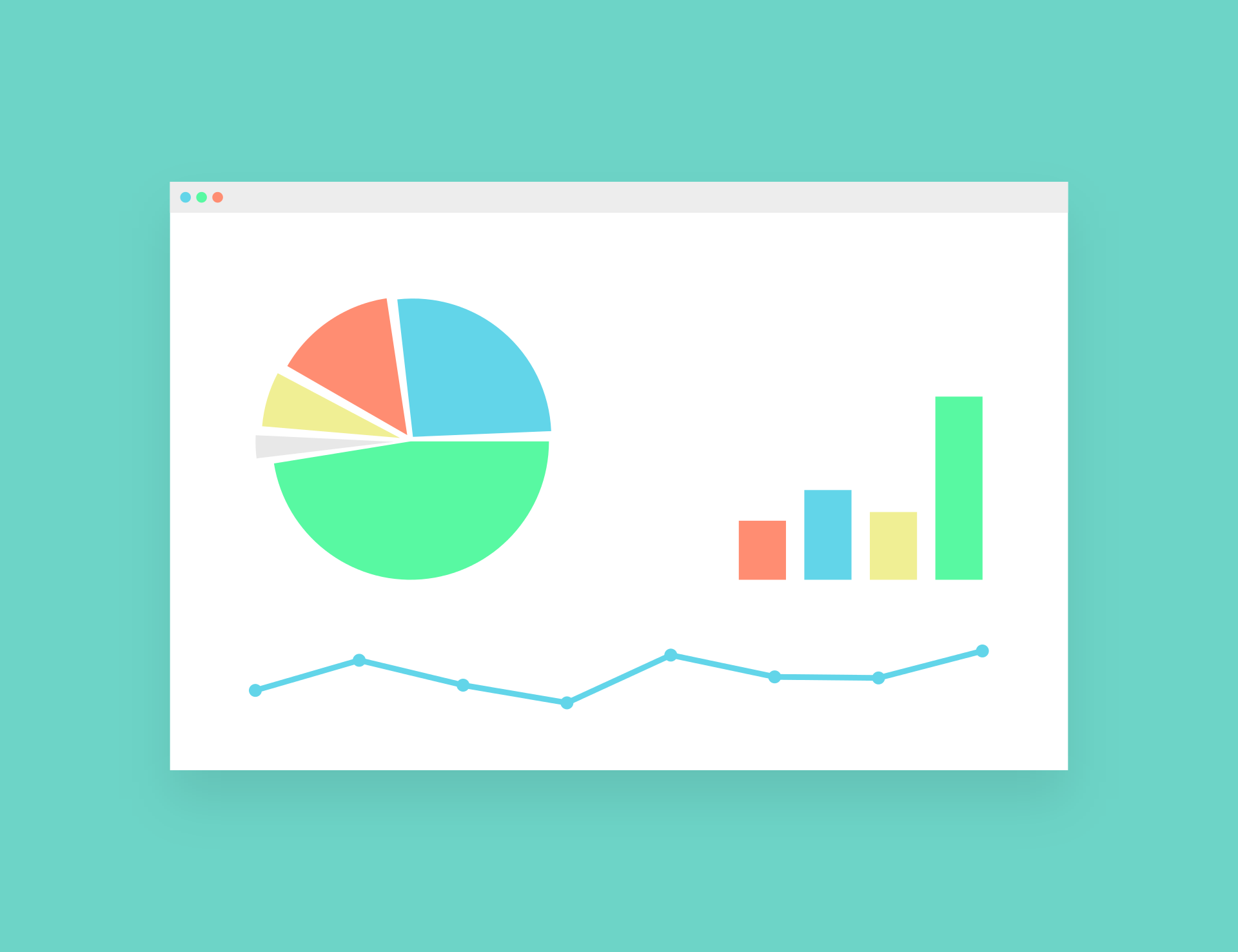Enabling Business Intelligence with Unstructured Data Analytics

Enabling Business Intelligence with Unstructured Data Analytics
Many organizations are unable to utilize unstructured data to their advantage, mainly due to its nature. The data isn’t neatly organized into columns and rows, so it must be structured to make it usable for analysis.
Ignoring the treasure trove of information that unstructured data brings to the table (no pun intended) isn’t the solution.
With plenty of ways to utilize unstructured data for actionable insights, enterprises must design data management strategies that also incorporate unstructured data to fuel their business intelligence (BI) initiatives.
Unstructured data analytics is certainly the way forward. Let’s discuss the quickest route to get started!
Getting Started with Unstructured Data
Ideally, the first step is to learn about the existing and potential unstructured data sources. These sources may include emails, spreadsheets, PDF documents, marketing questionnaires, and more.
The next step is determining how to convert unstructured data into structured, machine-readable data.
Of course, when you talk about business data, manual processes won’t do the trick. Why? Because it’s inefficient and time-consuming, not to mention impractical when it comes to large-scale data extraction use cases.
So, it’s imperative to explore an automated approach toward data extraction. These solutions use a combination of machine learning (ML) and natural language processing (NLP) algorithms to capture key-value pairs from unstructured files.
Though ML and NLP can be used in different ways. For example, the algorithms can be used to train a machine to process an unstructured document and make sense of the data. But it can provide inaccurate results, especially for complex files.
Template-Based Data Extraction for The Win
While there are numerous ways to extract data from unstructured documents, template-based data extraction is the best way to go about it. Why? Because it’s quick and produces the most accurate results. If you plan to go down the road, get a solution that allows you to create reusable data extraction templates, so you can seamlessly capture data from files sharing the same design and structure.
Reiterating The Need for Automation
AI technologies such as natural language processing and machine learning allow automated data extraction solutions to capture relevant datasets, including tabulated data and named entity pairs.
Once a data extraction template is ready, users can easily extract information from unstructured files and automate this process for the documents sharing the same design and structure.
This modern approach – intelligent document processing, as they call it – helps you create a truly integrated data ecosystem. It significantly cuts down manual effort and enables you to process bulk volumes of unstructured files.
The result? Unstructured data analytics at your fingertip.







